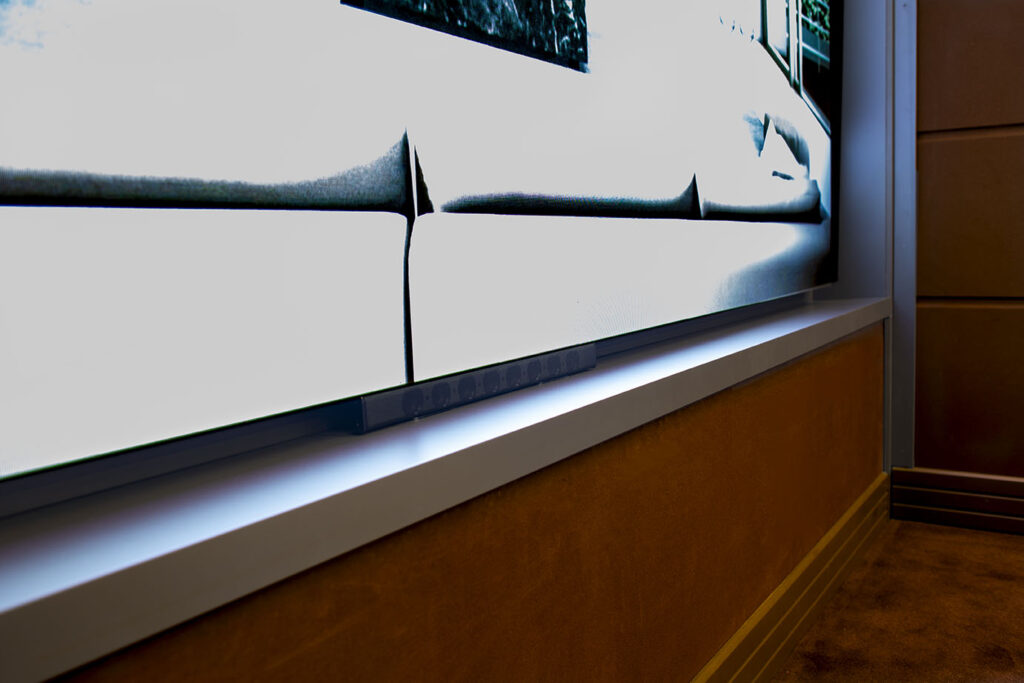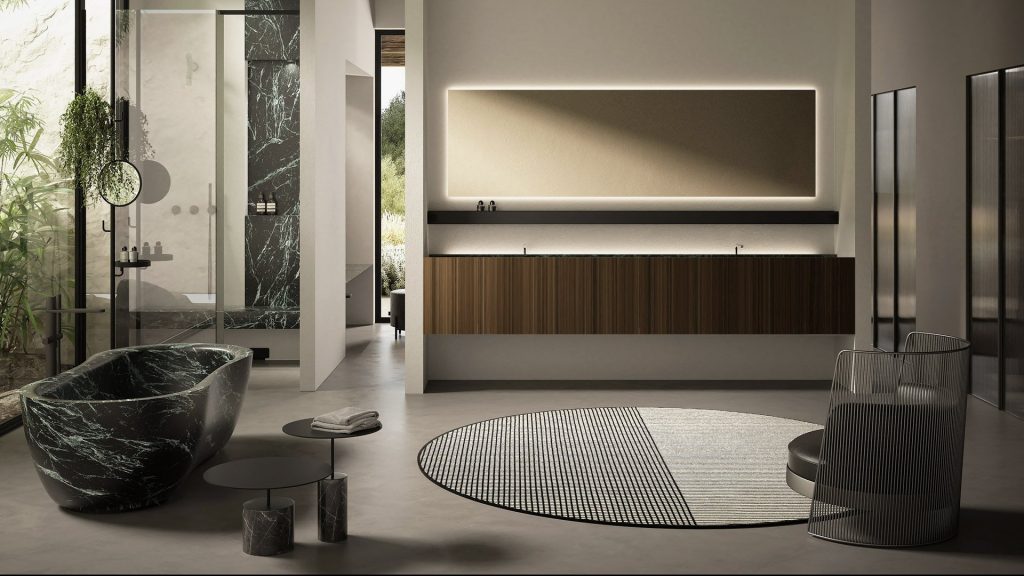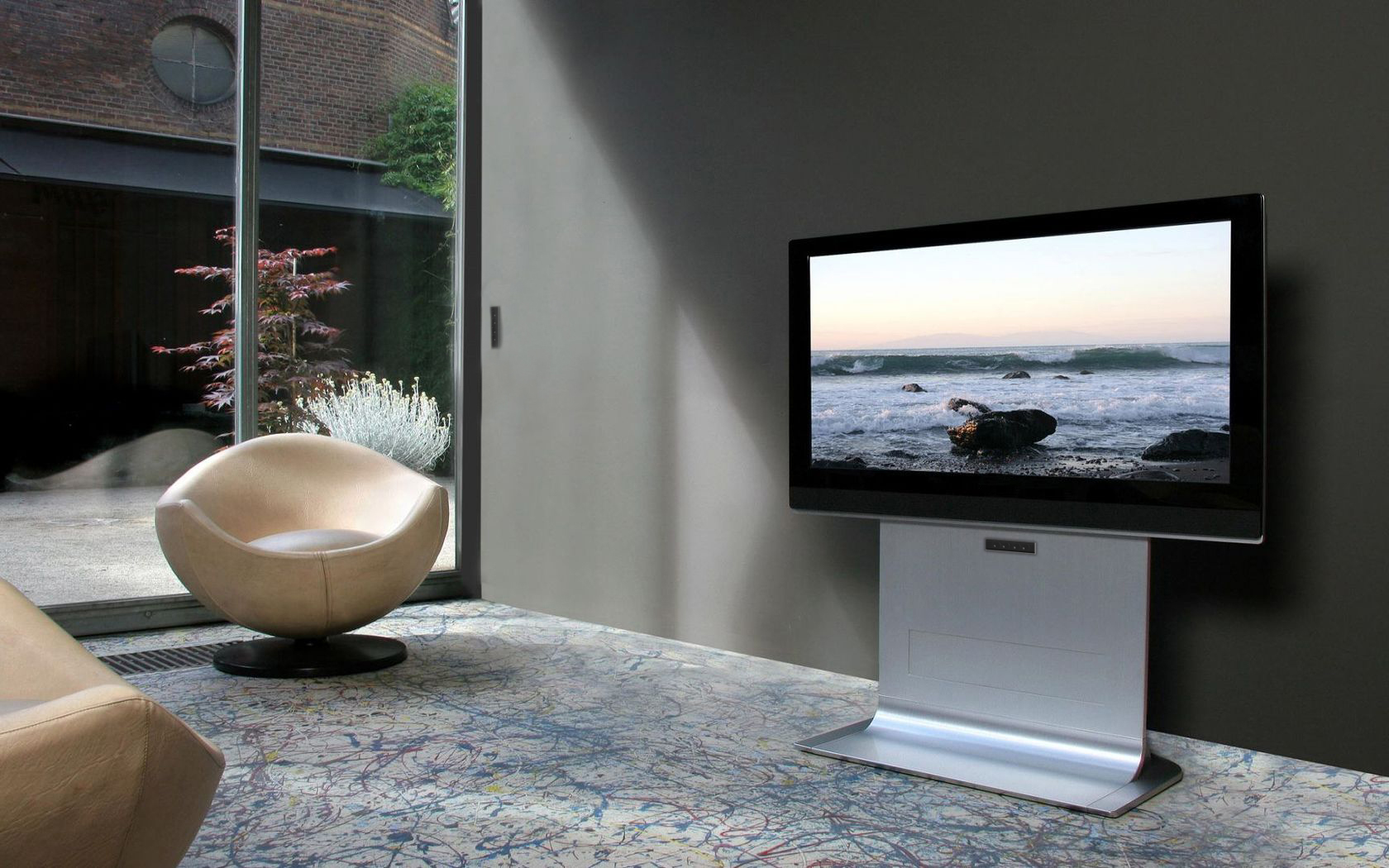
Home Theatre / K-array
Thanks to the peculiarity of combining sound perfection and aesthetics in unusually light and compact products – such as the Vyper KV52 ultra-flat passive speaker system comprised of eight 1” neodymium magnet transducers, housed in a resistant and elegant aluminum chassis – K-array, the Tuscan company worldwide known for its innovative high quality audio solutions, has drawn up for Sound Interior Designers and Architects the five points for designing the perfect Home Theater.

1. Locate the sweet spot
The sweet spot is quite literally the area of the room where the soundscape spans perfectly between the sound sources, whether this means a pair of stereo loudspeakers or a fully immersive loudspeaker system. Designing the perfect soundscape means finding the proper location for the loudspeaker system within the environment, tailoring the loudspeaker configuration to the architectural and aesthetic characteristics of the room, with respect to the listening area. K-array scalable solutions provide high degrees of freedom to Sound Interior Designers and Architects looking for the perfect design and balance.
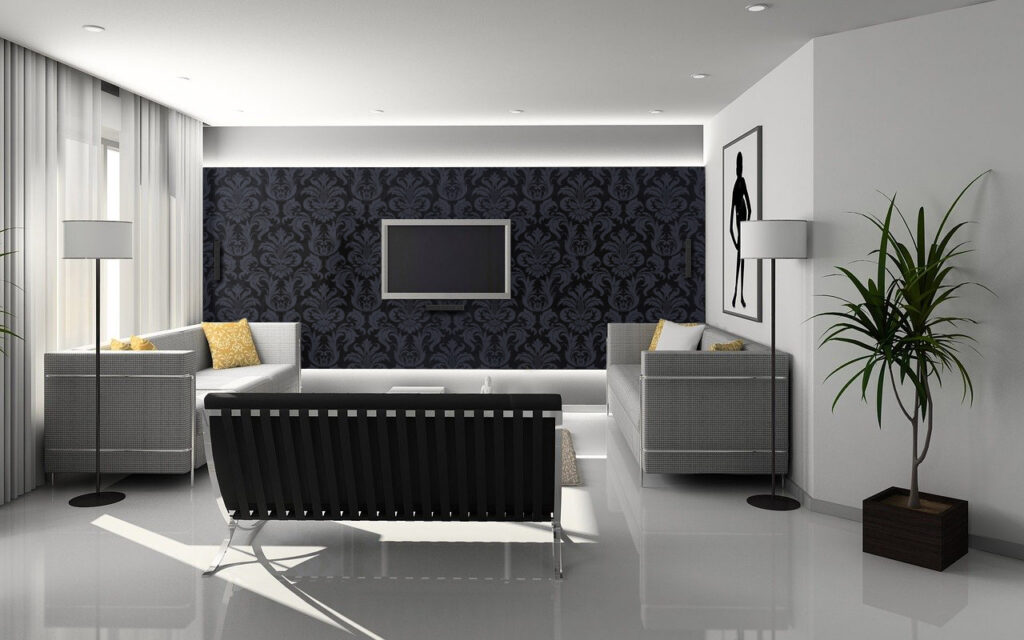
2. Slightly oversize the system
The comfort of a living space or home theatre is tightly related to the level and definition of the sound therein. Sound is energy. Music is emotion. A well designed soundscape can elicit reactions and enhance the overall mood. The relationship between musical features and emotions differ amongst individuals. There is no doubt that we have a strong feeling for rhythm, low vibrations and loudness. The energy at the low frequency is the most emotional part of the music and our favourite songs and audio pieces deserve to be listened to loudly with a proper balance of pristine high-pitched sounds and deep controlled well defined basses.
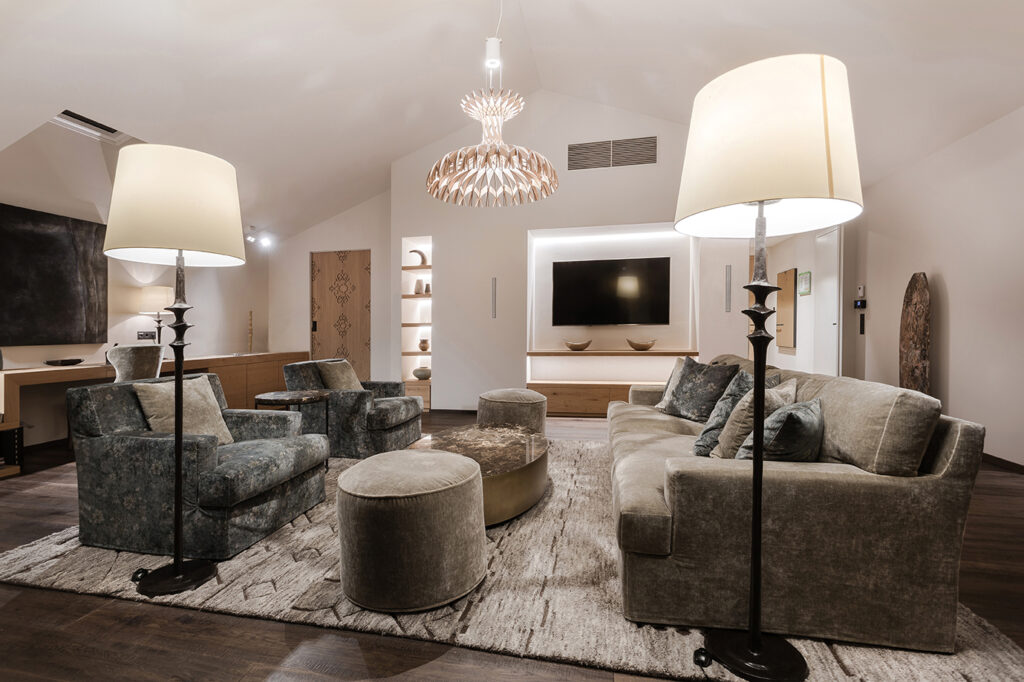
3. Tailor the sound system to the interior design
Modern interior designs often include clean lines and simple colours. With absolute minimalism, it is quite important that everything blends into the architecture, especially where entertainment is central to the room’s activity. Speakers should become part of the décor themselves. A great example is the Luxury LED for Home pre-packaged home cinema developed by Samsung, where multiple ultra-flat K-array Vyper-KV52 speakers were integrated seamlessly in the frame of the massive LED screen, providing a powerful sound that can be heard, but not seen.
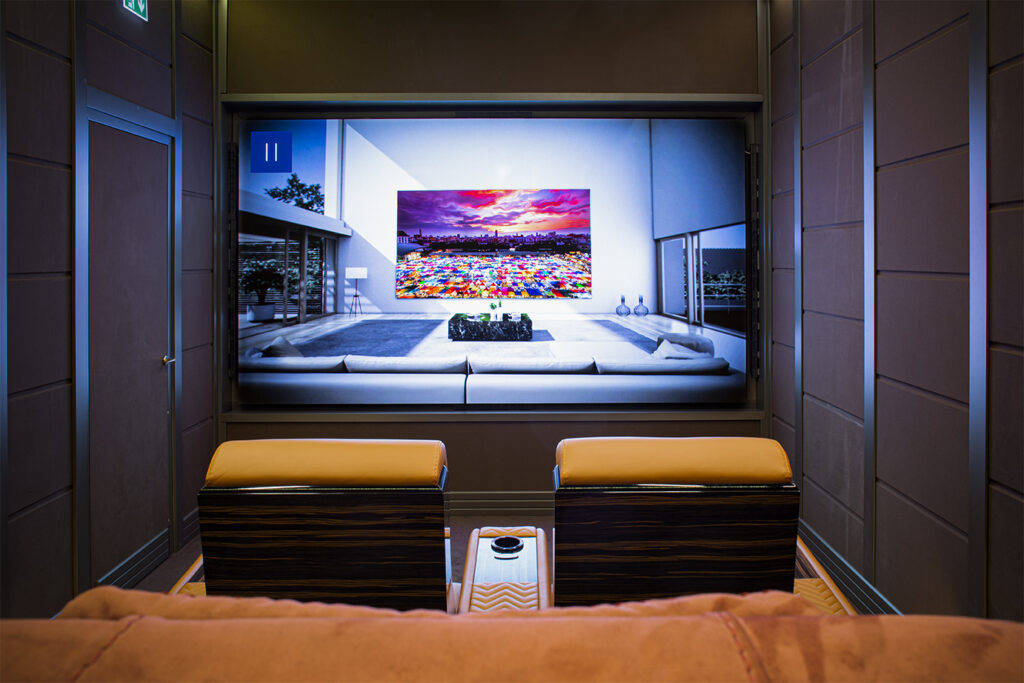
4. The sound is in the room
The sound you hear is the result of the interaction between the speakers and the room. Reflections can often deteriorate the sound quality if not controlled properly. Sound localization can be altered as well, resulting in a confusing soundscape. To keep reflections under control, the room should be acoustically treated by a professional and the sound system should be tuned to perfection by an experienced system integrator. In multichannel applications, the audio processor in charge of distributing the discreet audio signals to the speakers is also a key component. A perfect sounding room equipped with the highest quality speakers may result in a totally wrong soundscape if the audio signals are not routed and processed correctly. An example of a very high quality processor is the Altitude developed by Trinnov, a company K-array partners often with.

5. The perfect position for the central channel
The central channel has a crucial role in your home cinema experience; it is where most dialogues and voices come from! Positioning a speaker at the centre of a screen is impossible in cases when the screen isn’t acoustically transparent. For your domestic LED screen, the solution could be to install two loudspeakers dedicated to the center channel, one above and one under the screen. If the two speakers are correctly time aligned and fine tuned, it is possible to create a “phantom sound image” located exactly at the centre of your screen. When mounted horizontally, a K-array Vyper speaker is just 40mm high, making it an ideal solution for this application.
